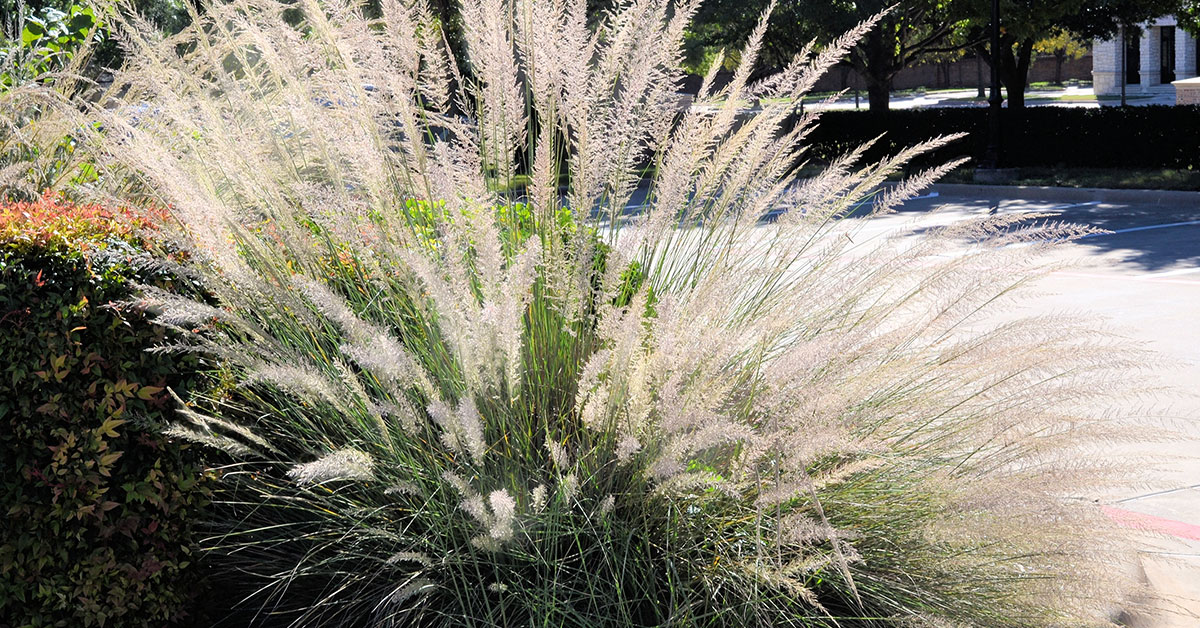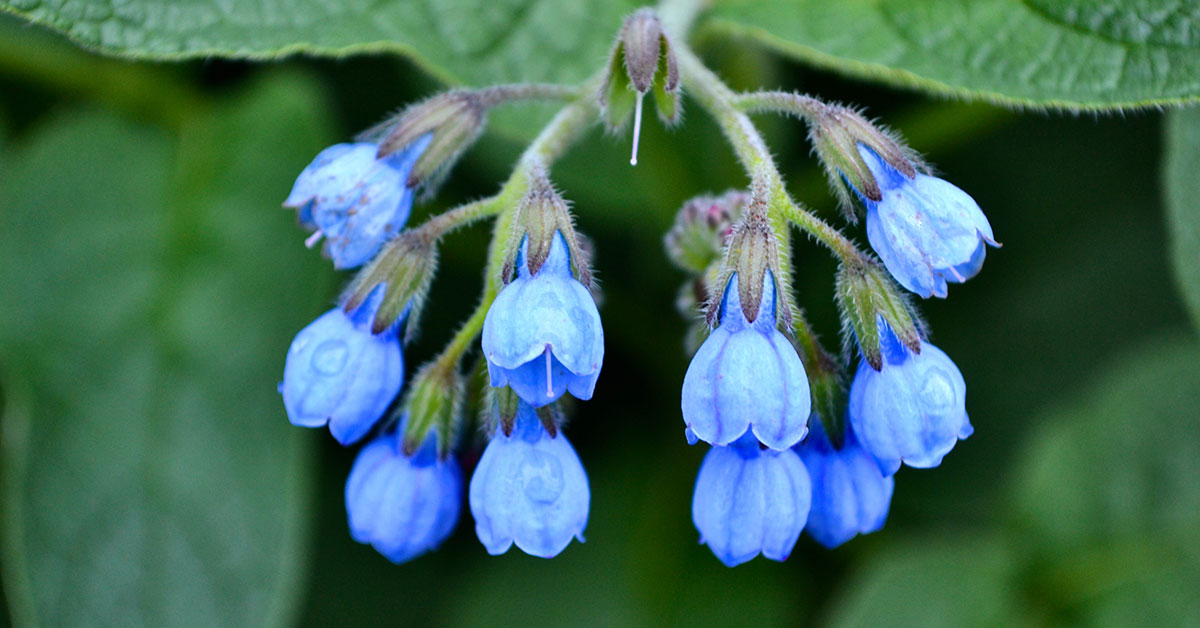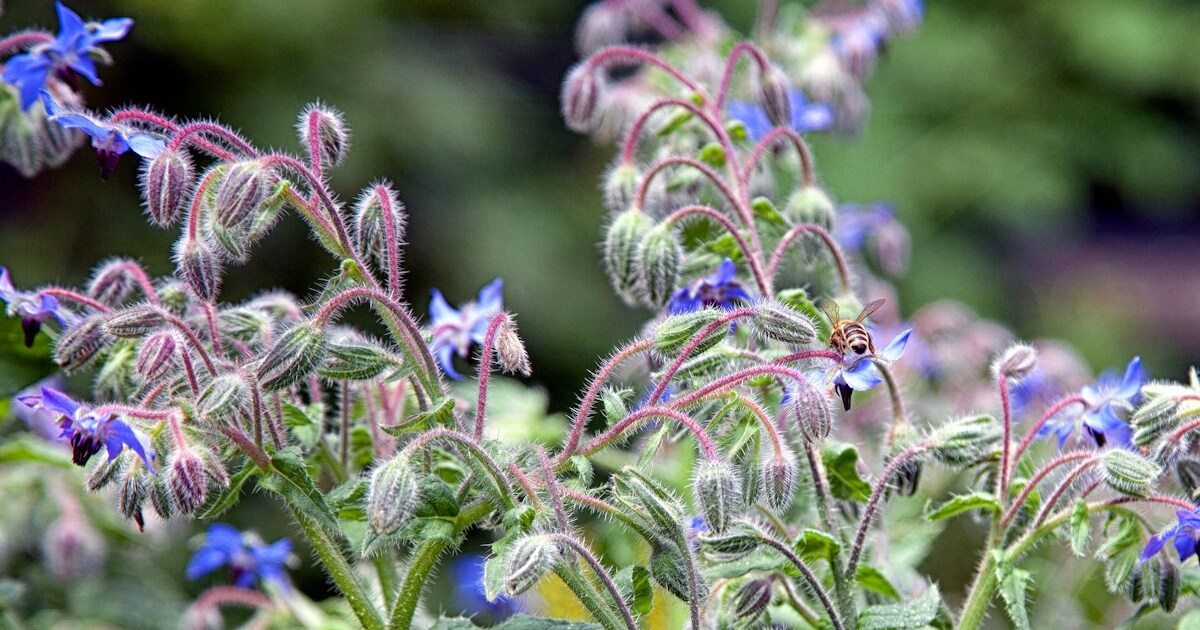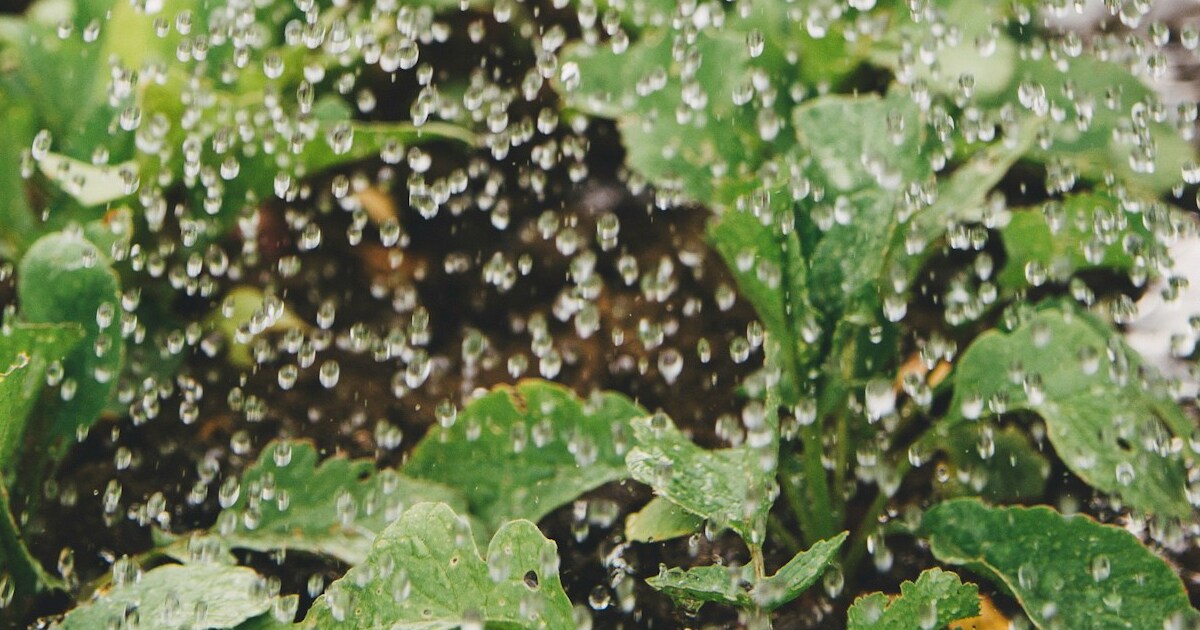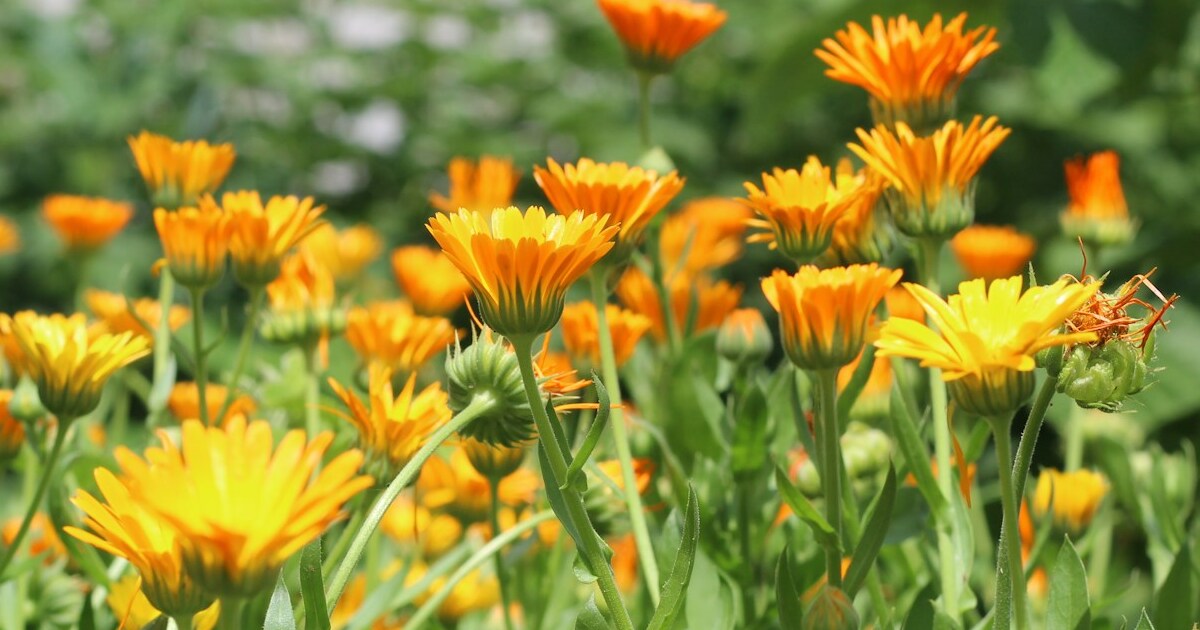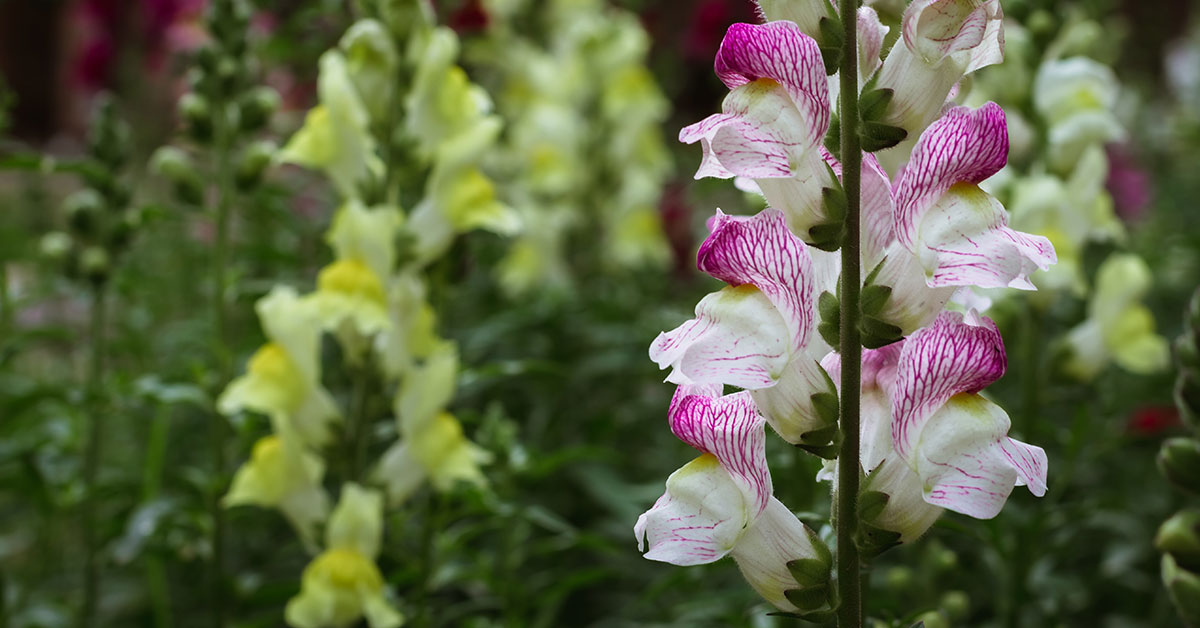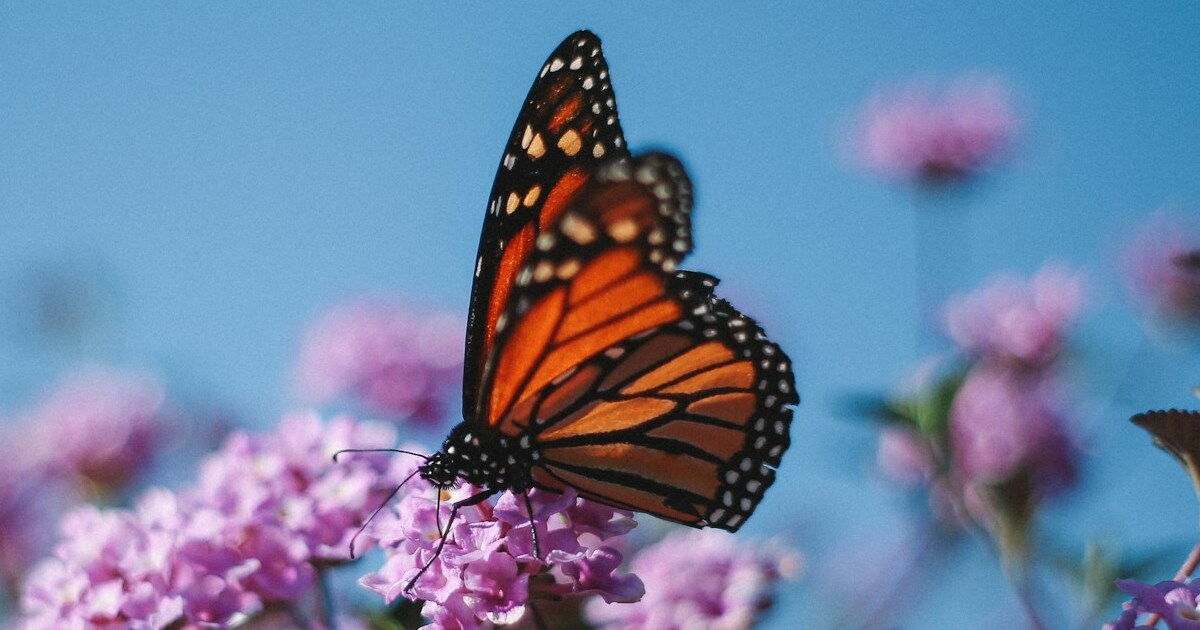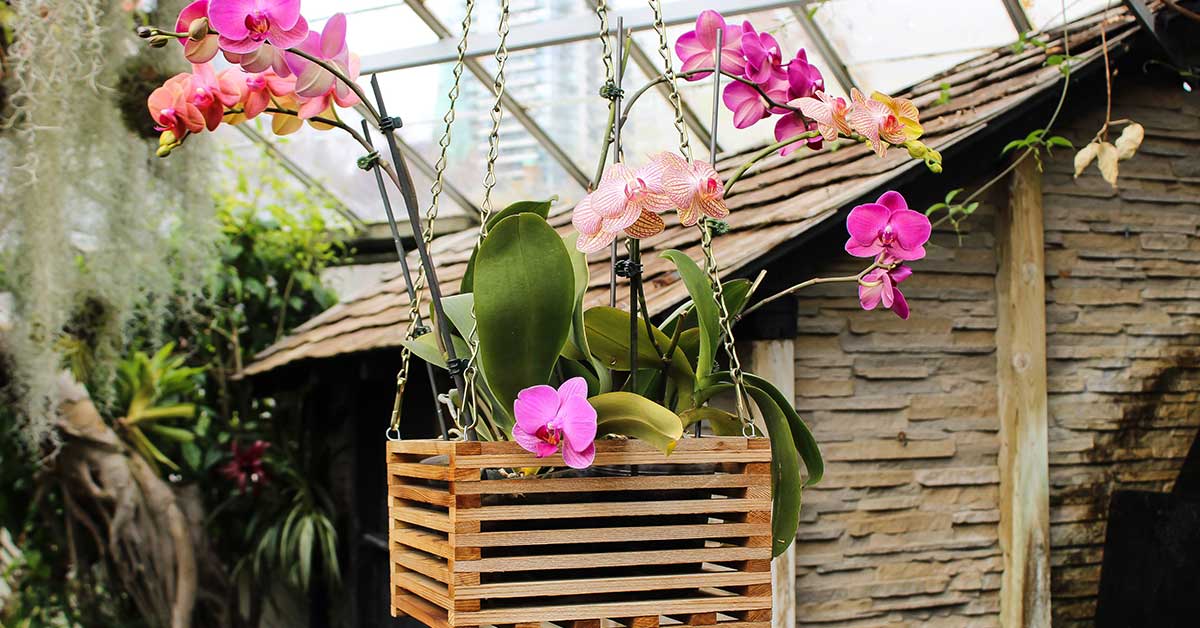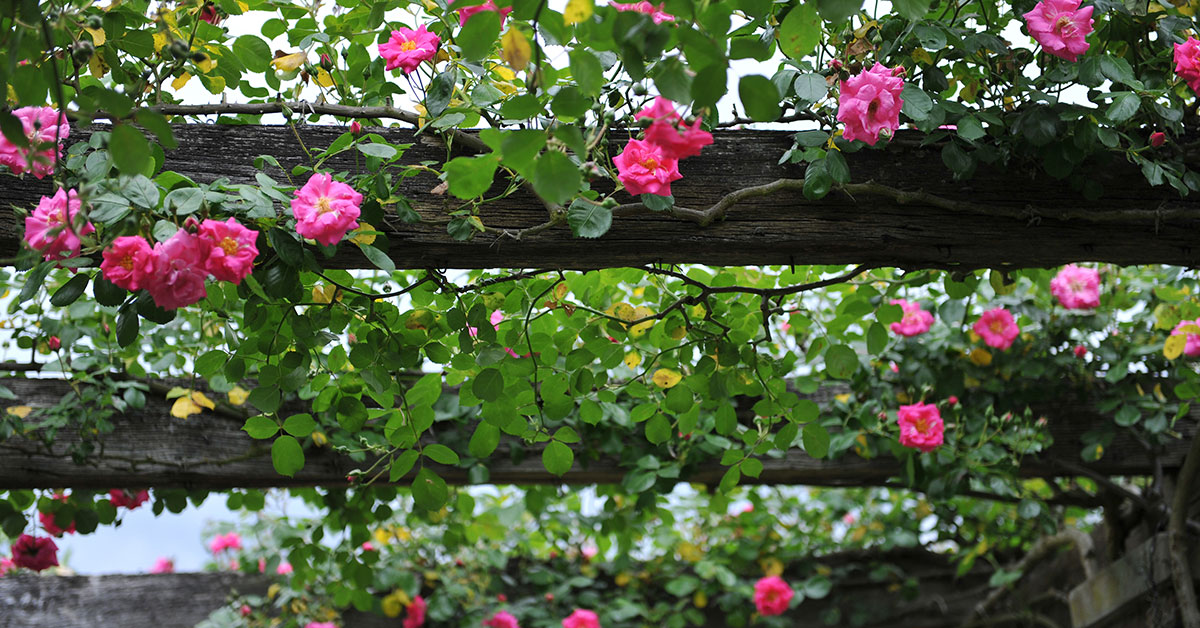Big Muhly, also known as Muhlenbergia lindheimeri, is a beautiful ornamental grass that is native to Texas and other regions of the southwestern United States. This hardy grass is an excellent choice for gardeners looking to add some texture and movement to their landscape, as its long, slender leaves sway gracefully in the breeze.
With its stunning appearance and low-maintenance nature, Big Muhly is a popular choice for both residential and commercial landscaping projects. In this article, we will take a closer look at this fascinating plant, exploring its characteristics, care requirements, and some tips for incorporating it into your own garden or landscape design.
What is Big Muhly?
Big Muhly (Muhlenbergia lindheimeri) is a popular ornamental grass that is native to the southwestern United States. It is a clumping grass that can grow up to 6 feet tall and wide, making it a great option for adding height and texture to landscapes. The plant’s common name, “Big Muhly,” comes from its large size and the fact that it belongs to the Muhly genus of grasses.
The grass has narrow, blue-green leaves that grow up to 3 feet long and 1/4 inch wide. In the fall, the leaves turn a beautiful golden color. Big Muhly produces attractive seed heads that emerge in late summer or early fall. The seed heads are erect, feathery, and can reach up to 3 feet in height. The flowers are white or pinkish and are arranged in a loose panicle.
Big Muhly is a low-maintenance plant that is drought-tolerant and thrives in full sun to part shade. It is an excellent choice for xeriscaping or water-wise gardening because it requires very little water once established. The plant is also deer-resistant, making it a good choice for gardens in areas with heavy deer populations.
Where is Big Muhly native?
Big Muhly (Muhlenbergia lindheimeri) is a native grass species that is found primarily in the southern United States, although it can also be found in parts of Mexico. The grass is native to a number of US states, including Texas, Oklahoma, Louisiana, Arkansas, and New Mexico. It is also found in parts of Arizona and California.
The grass is well adapted to the hot and dry conditions of the southern US, and is commonly found in prairies, meadows, and along roadsides. It is a popular ornamental grass, and is often used in landscaping and restoration projects. Big Muhly is an important species for wildlife, providing cover and food for a variety of animals, including birds, small mammals, and insects.
Due to its adaptability and ornamental value, Big Muhly has been widely cultivated and can now be found in many parts of the world. However, it is important to note that the grass is still primarily native to the southern US, and efforts should be made to preserve its natural habitats and promote its growth in these regions.
How to start Big Muhly seeds
Big Muhly is a native grass in the southwestern region of the United States. It is a popular ornamental grass because of its beautiful, feathery plumes that sway in the wind. If you want to add some Big Muhly to your garden, you can start it from seed. Here’s how:
- Collect seeds: The best time to collect Big Muhly seeds is in the fall. Look for mature seed heads on the plants and cut them off with pruning shears. Put the seed heads in a paper bag and let them dry for a week or two.
- Prepare soil: Big Muhly grows best in sandy or well-draining soil. Add compost or other organic matter to the soil to improve its fertility.
- Sow seeds: In the spring, you can sow Big Muhly seeds directly into the soil. Scatter the seeds evenly over the prepared soil and cover with a thin layer of soil. Water the area gently to moisten the soil.
- Maintain moisture: Keep the soil moist but not waterlogged. Water regularly, but do not let the soil dry out completely. Big Muhly seeds usually germinate within two to three weeks.
- Transplant seedlings: Once the seedlings have grown to a few inches tall, you can transplant them into their permanent location. Choose a sunny spot with well-draining soil. Dig a hole slightly larger than the seedling’s root ball and gently place the plant in the hole. Fill the hole with soil and water well.
- Care for plants: Big Muhly is a low-maintenance plant. Water regularly during the first year to help the plant establish its roots. In subsequent years, water only during dry spells. Fertilizer is not usually necessary.
Starting Big Muhly from seed is an easy and rewarding way to add this beautiful grass to your garden. With a little patience and care, you can enjoy its feathery plumes for years to come.
Growing & Care Guide
Big Muhly (Muhlenbergia lindheimeri) is a beautiful ornamental grass that is native to Texas and Mexico. It is a popular choice for gardeners who want to add texture, movement, and color to their landscape. If you are planning to grow Big Muhly in your garden, here are some tips to help you get started.
- Soil requirements: Big Muhly prefers well-drained soils that are rich in organic matter. It can tolerate a wide range of soil types, including clay, loam, and sandy soils. Make sure the soil pH is between 5.5 and 7.5.
- Sunlight requirements: Big Muhly thrives in full sun to partial shade. It requires at least six hours of direct sunlight per day to grow to its full potential.
- Watering requirements: Big Muhly is drought-tolerant and can survive on low to moderate water. However, it will grow faster and look more lush with regular watering during the growing season.
- Fertilizer requirements: Big Muhly does not require a lot of fertilizers. You can apply a slow-release fertilizer once a year in the spring to provide it with the necessary nutrients.
- Pruning requirements: Big Muhly does not require any pruning, but you can trim it back to the ground in late winter or early spring to remove any dead foliage.
- Propagation: Big Muhly can be propagated through seed or division. To propagate through division, dig up the clump in early spring or late fall and separate the plant into smaller sections. Replant the sections in well-drained soil and water well.
By following these tips, you can grow Big Muhly successfully in your garden and enjoy its beautiful foliage and showy flowers.
Interesting facts
Big Muhly (Muhlenbergia lindheimeri) is a beautiful ornamental grass native to Texas and other parts of the southern United States. Here are some interesting facts about Big Muhly:
- Big Muhly is a perennial grass that can grow up to five feet tall and five feet wide. It has green leaves that are about one inch wide and can be up to three feet long.
- The grass produces fluffy, pinkish-tan plumes that can reach up to three feet long in the fall. These plumes are a beautiful sight and can enhance any garden or landscape.
- The plant is drought-tolerant and can grow in various soil types, including sandy and clay soils. It also prefers full sun to partial shade.
- Big Muhly is low maintenance and requires very little care once established. It is known for its ability to thrive in harsh conditions and can be used as a groundcover or as a border plant.
- The grass is an important food source for wildlife, including birds and small mammals. It also provides cover and nesting sites for various species.
- Big Muhly has a long history of use in Native American cultures for medicinal purposes. The plant was used to treat a variety of ailments, including fever, headaches, and stomach issues.
- The grass is named after a German botanist, Gotthilf Muhlenberg, who was one of the first scientists to describe North American plants in the late 1700s.
Big Muhly is a beautiful and versatile plant that is perfect for any garden or landscape. Its unique characteristics and benefits make it a popular choice among gardeners and landscapers alike. With its low maintenance requirements and ability to grow in various soil types, Big Muhly is a great addition to any garden or landscape.


